In many ways, Luigi Russolo was arguably one of the first noise artists, who with his 1913 manifesto, L’Arte dei Rumori (The Art of Noises) embraced the industrial revolution; but a much lesser-known name is Russian composer Arseny Avraamov (1884-1944), who was producing music just as radical and challenging to audiences, and to our ears, and 100 years ago today.
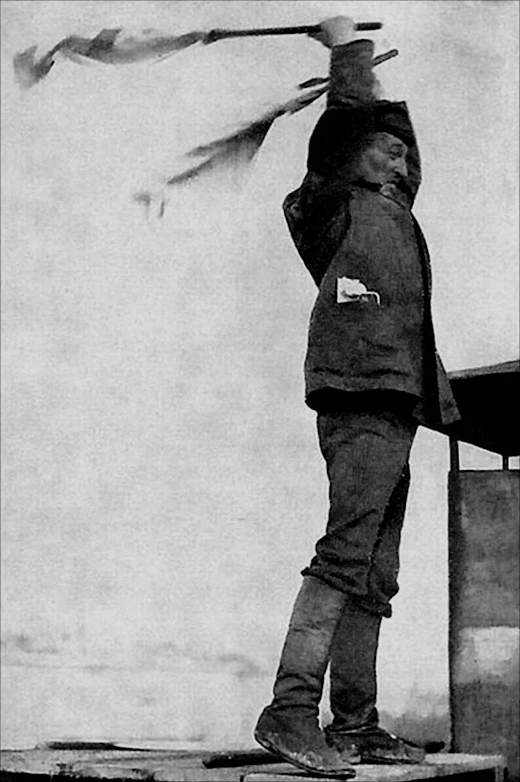
Creating a sense of unity, using saws, sledgehammers and grinders
Most of us are familiar with the term industrial music today, a musical movement that arguably originated with controversial British group Throbbing Gristle, in the mid-1970s alongside Monte Cazazza, SPK, Boyd Rice, Cabaret Voltaire, and Z’EV. Stepping back in time, we had Luigi Russolo (1885-1947), an iconic figure of early Futurism, who bridged the world of visual arts and sound. In many ways, he was arguably one of the first noise artists, who with his 1913 manifesto, L’Arte dei Rumori (The Art of Noises) embraced the industrial revolution; but a much lesser-known name is Russian composer Arseny Avraamov (1884-1944), who was producing music just as radical and challenging to audiences, and to our ears, and 100 years ago today.
Arseny Avraamov’s Symphony of Sirens (1922) revolutionized the way we compose, perform and experience music today. Avraamov was an avant-garde Russian composer, theorist, inventor, a modernist, a futurist, a revolutionary, a composer and an eccentric character. Symphony of Sirens remains a truly revolutionary work, featuring cannons, locomotives, artillery regiments, hydroplanes, factory sirens, bells, foghorns, brass bands and a huge choir. It was the sound of a city alive with industry.
According to reports, Avraamov conducted with the use of two red flags, signaling when the military brass band should begin playing, or the machine gun fire, or the train horns. Interestingly, Avraamov had been long searching for ways to extend the possibilities of music, and later in his career developed particular techniques for sampling and synthesizing sound, even creating sounds using drawing, anticipating the use of graphic scores some years later.
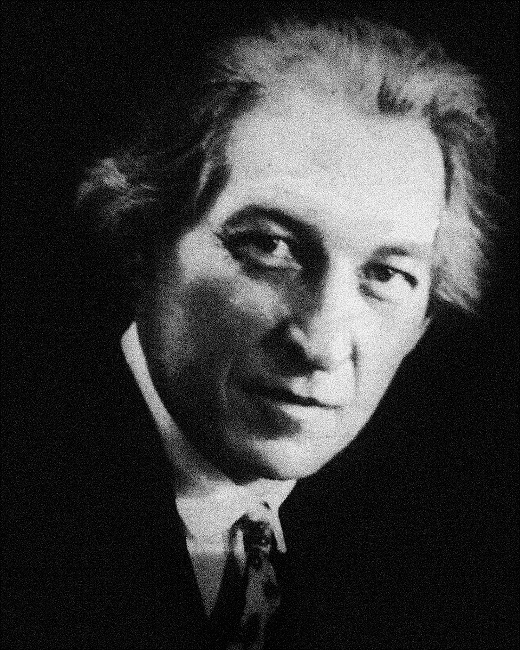
The Russian Revolution clearly played a part in his creative development, encouraging audiences to listen to sounds around them, taking them away from traditional theatres and creating sonic experiences that would have genuine meaning for them. He wanted the work to be inclusive, by not only using sounds of the environment, but to offer everyone an opportunity to perform within the work, creating a sense of unity, using saws, sledgehammers and grinders in the performance.
These kinds of ideas foreshadowed much of the music that we as listeners are familiar with today. Artists such as Einstürzende Neubauten and Test Dept used the remnants of the city around them to create their music, scrap metal and building tools becoming their very instruments. Indeed, in January 1984 I attended Einstürzende Neubauten’s Concerto for Voice and Machinery at the Institute of Contemporary Arts (curiously the same location as Throbbing Gristle/COUM’s Prostitution controversial exhibition in 1976), where they drilled into the foundations of the building, and within minutes the show was closed down and a riot followed. No traditional instruments could be seen displayed on the stage, but instead drills and a concrete mixer.
Of course, we’ve been fortunate that figures such as John Cage, Edgard Varèse, Pierre Schaeffer and Karlheinz Stockhausen offered alternative visions in terms of the possibilities of what sound could be, but Avraamov remains a pivotal, if sadly rather obscure, figure.
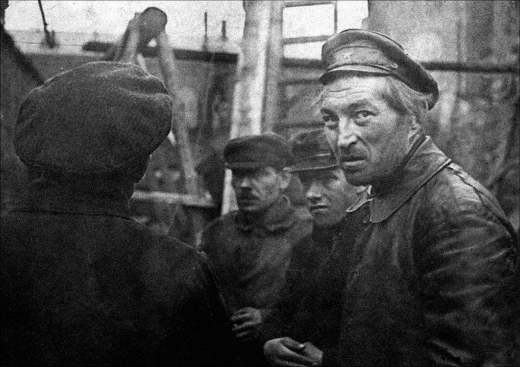
The tragedy at heart is that Avraamov was way ahead of his time and died in poverty and obscurity. The political environment around him was not supportive, and in its increasingly conservative manner, such work simply couldn’t survive. Today his ideas are commonplace within music, even down to Depeche Mode using metal sounds in their pop records, but take a moment to listen to his work online and be prepared to be shocked, fascinated, angry, frustrated or inspired!
If you want to learn more, I’d suggest picking up this beautiful book publication on the ReR label, with a double CD that offers a comprehensive overview of the complexity and breadth of the many early 20th Century Russian avantgarde movements. Listen to the Symphony of Sirens here.
In October 2017 Andreas Ammer and FM Einheit recreated this milestone work in Brno/Czech Republic, with a binaural recording you can listen back to online. It featured choirs from Brno, Frajárenka Brass Band, Volker Kamp Blaskapelle, HC Kometa Brno fan club, Baterie Austerlitz, and fire engines and ambulances from Brno.
Symphony of Sirens is available on ReR. [Site | Bandcamp]






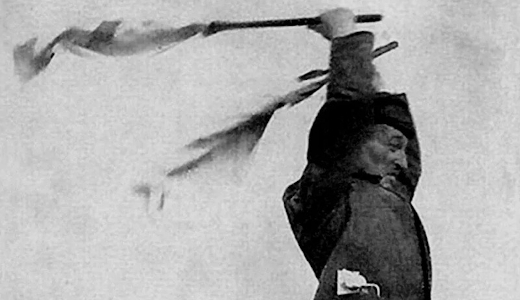




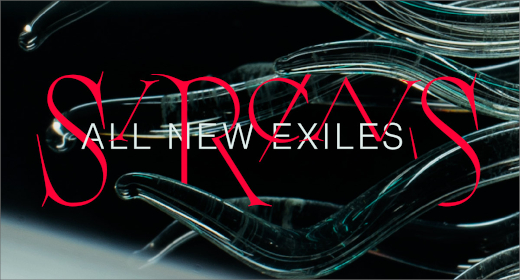
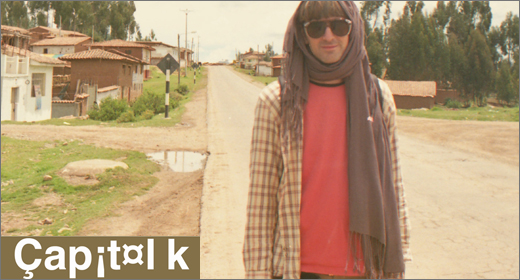

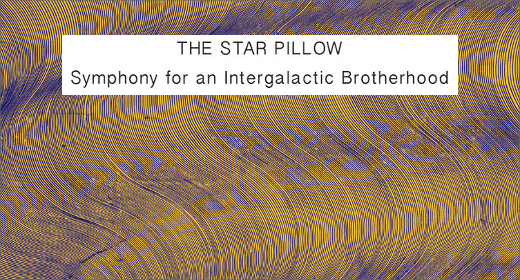



![Ndorfik & madebyitself :: Solos EP (People Can Listen) — [concise]](https://igloomag.com/wp/wp-content/uploads/2025/04/ndorfik-madebyitself-solos_feat-75x75.jpg)







